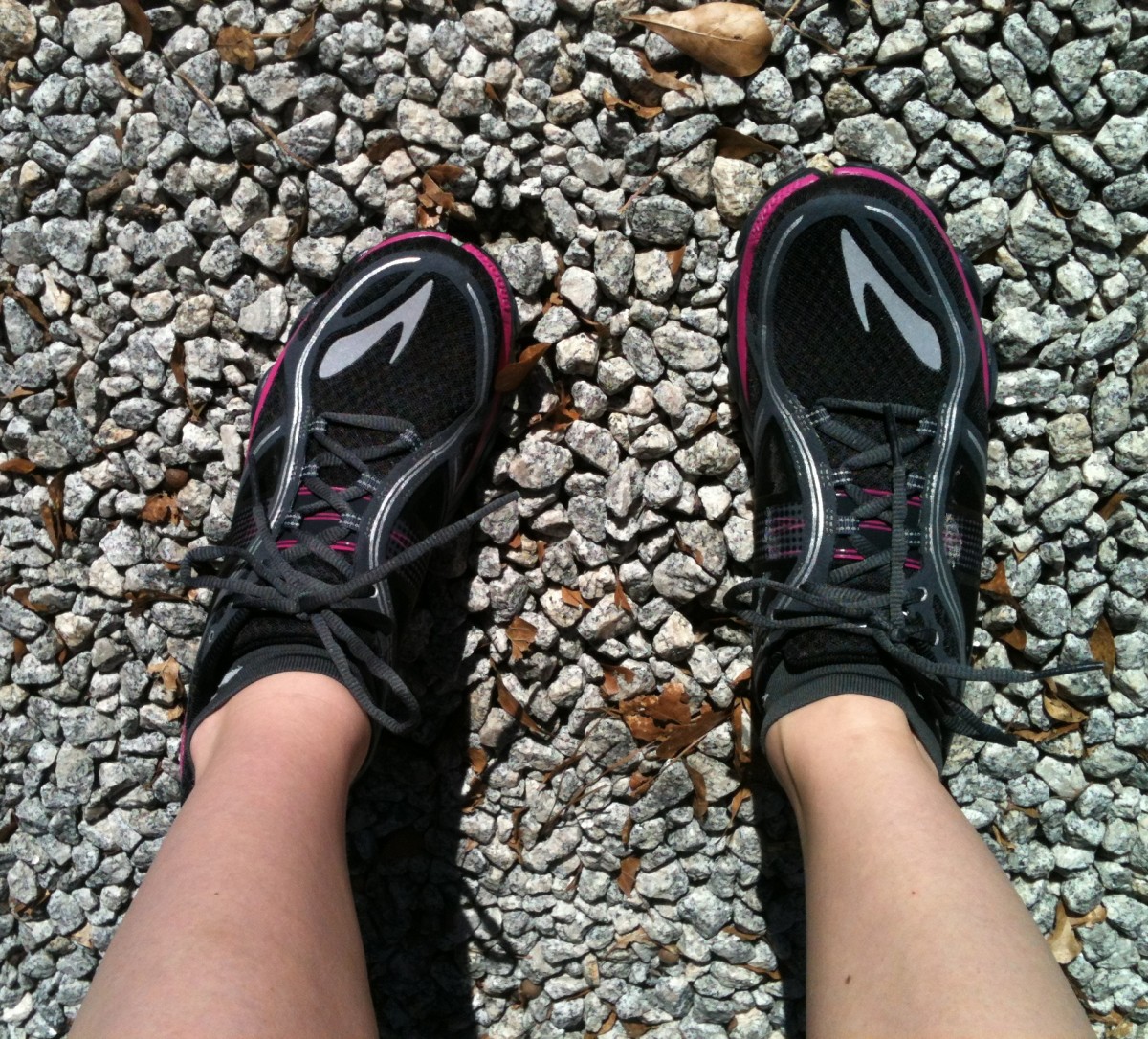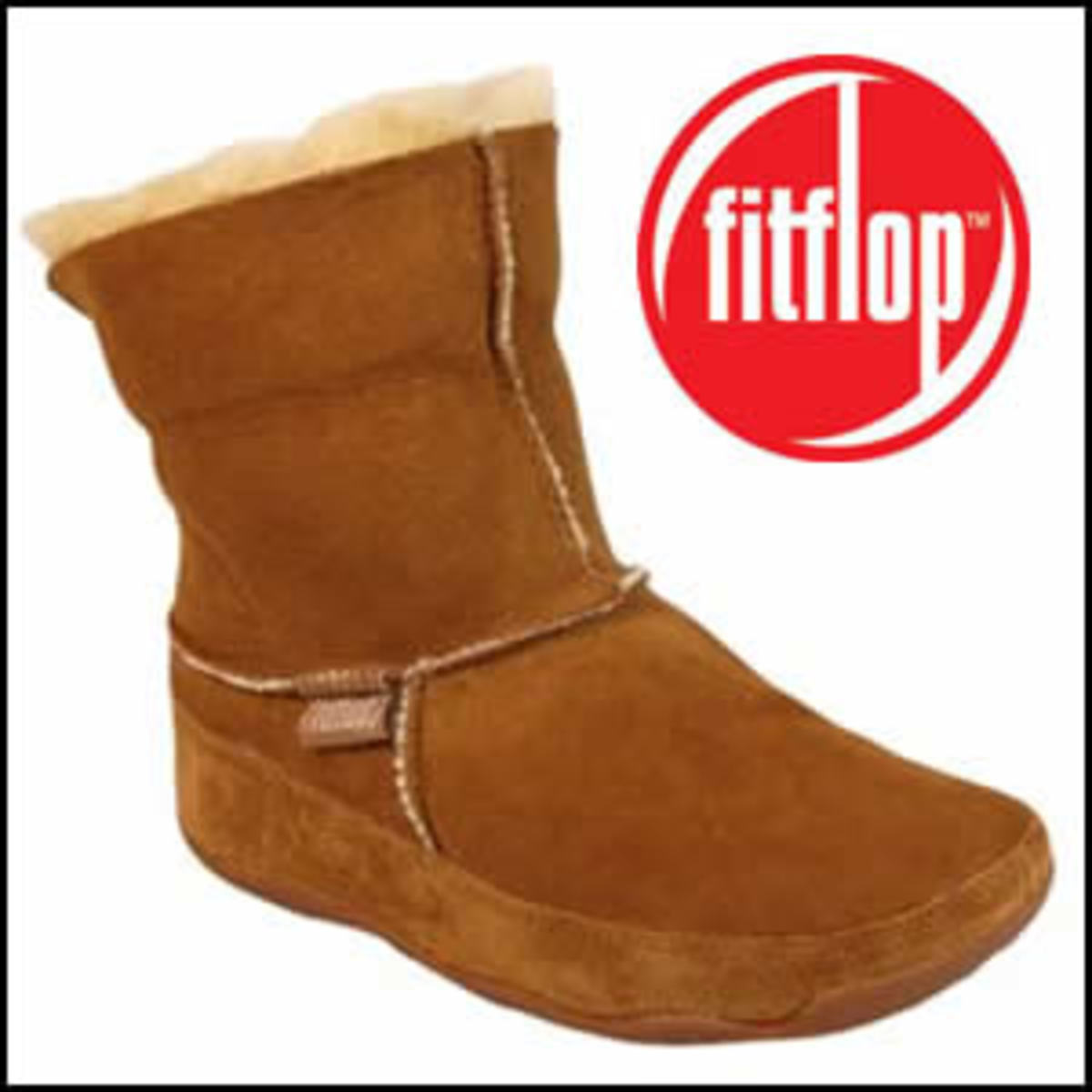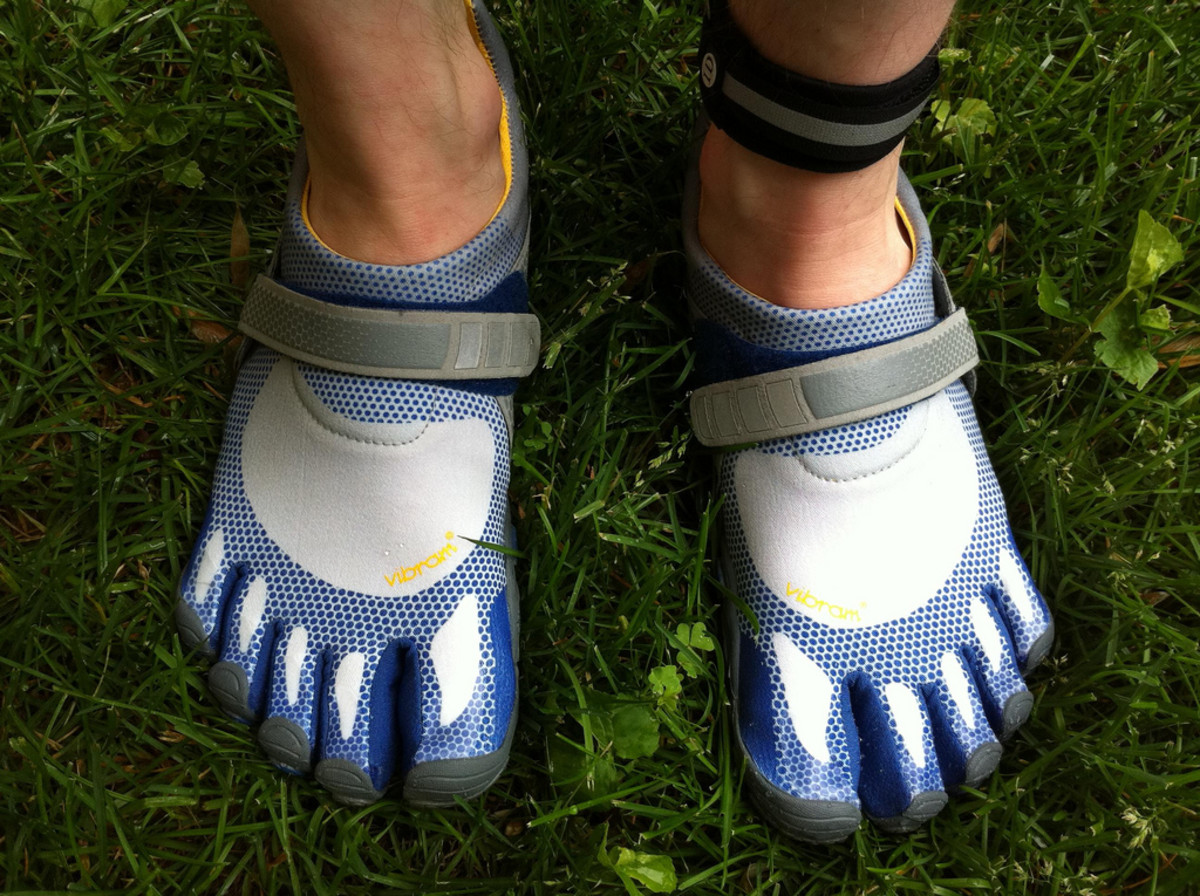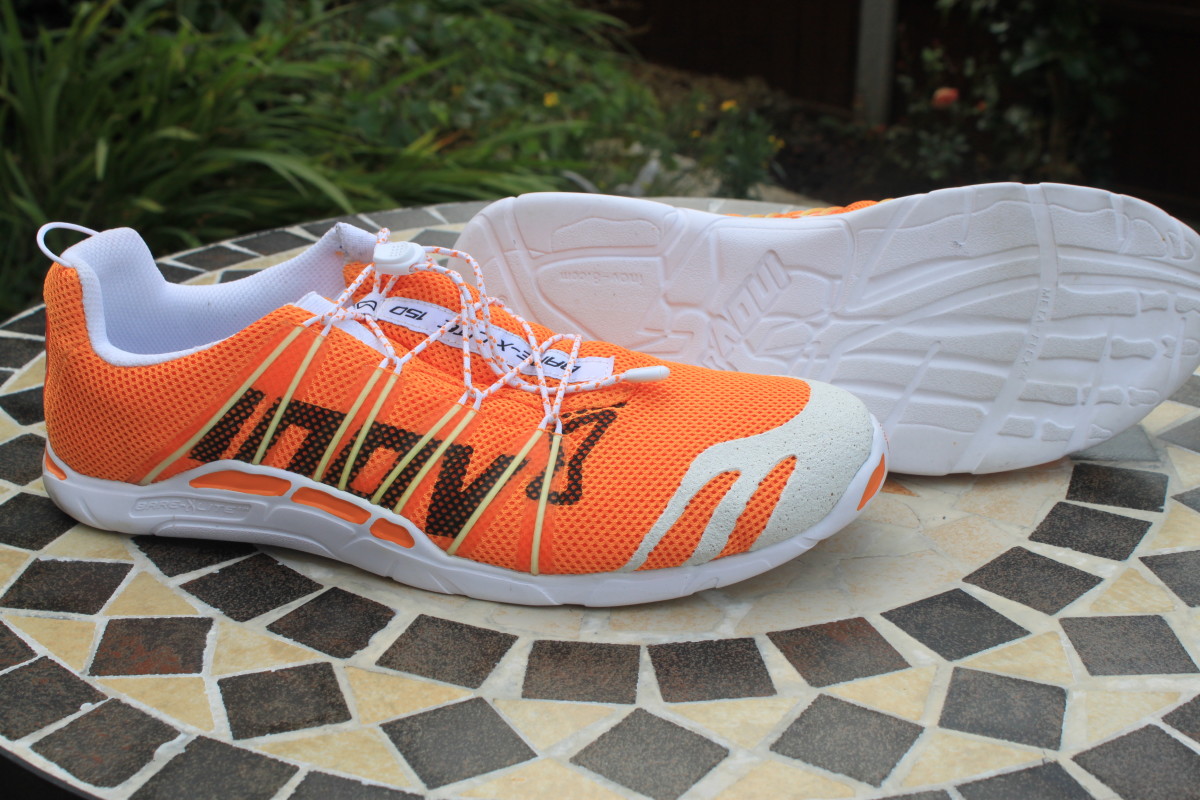Orthopedic Shoes and Inserts
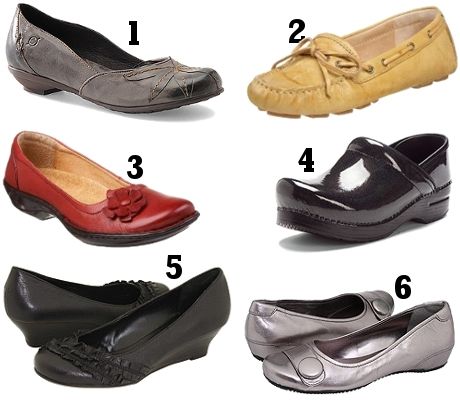
Many people that use the terms orthopedic shoes, orthotic shoes, comfort shoes, or even diabetic shoes are usually using them incorrectly or even interchangeably. The various people that would use these words could be patients, insurance companies, and even physicians. Hopefully this article will be able to explain some of the terminology of these different options and shed some light on their true meanings and usages.
Custom Fit Orthopedic Shoes
Custom Made Orthopedic shoes are the type of shoes that are made specifically for one singular person using their measurement. There’s even a cast impression of the person's foot that’s made before these shoes can be made. The model of the foot is made from leather, soling, and foams to make the construction of the shoe.
Pros:
- Great choice of materials
- It's a perfect match for extremely deformed feet or feet that are just hard to fit into normal shoes
Cons:
- The shoes themselves are extremely expensive (up to $2,500.00)
- They're rare to find someone that makes them
- They're not an instant product, it takes a while to create them and then adjust them correctly
- They don't come in popular styles
Stock Orthopedic Shoes
Stock orthopedic shoes are usually purchased through a special shoe store and are made to buy. This type of specific shoe is made with extra depth for the toes and various widths to accommodate different toe deformations. They give extra control to the heel area through the extended heel counters that usually come with the shoe. The shoes themselves are usually created with pliable soft materials to prevent any pressure to any necessary excess areas. Stock Orthopedic shoes have movable insoles so that it's possible to use a brace or foot orthoses. Stock Orthopedic shoes are often wider in the sole area so they can be more stable than regular shoes. They also may have 'rockered' soles, like a rocking chair, so that the shoe can have a more stable heel to toe motion. These shoes may be able to have Velcro closures.
Pros:
- Fits most feet, even ones that are usually harder to fit
- They’re premade, so there’s no wait when you want to buy
- They accommodate for braces and foot orthoses
- Less expensive than custom made shoes (usually at most $500.00)
- Stability and control
- Sensitive feet are protected
- They can be modified for a more custom fit
Cons:
- More expensive than regular shoe prices
- Not very stylish or 'popular' looking
Comfort Shoes
Many specialty stores, commercial stores, and chain shoe stores have comfort shoes available. A lot of these shoes have various widths available as well as more current and fashionable styles than normal orthopedic shoes. Most of these comfort shoes are made of the usual soft pliable materials that most orthopedic shoes are made of and also have cushion soles.
Pros:
- Not as expensive as other shoes
- Fit regular shaped feet
- Easily found and easily available
- More popular styles
Cons:
- May not always provide support
- May not accommodate for braces or foot orthoses
Diabetic Shoes
Normally, diabetic shoes aren't classified on their own category simply because they are usually shoes that are custom made orthopedic shoes, or stock orthopedic shoes, depending on the client's size, shape, and condition of their feet. A diabetic may have Diabetic Neuropathy, which is a condition where there is a very slow loss of sensation to the feet. This creates a necessity to have special care for the patient's feet. Since many diabetics do not realize they could possibly have neuropathy, it's crucial to find appropriate shoes as soon as possible to protect the client's feet from the trauma. It's extremely critical to make sure that these shoes also properly fit to get the best result.
Not all insurance companies will pay for these shoes, so the best way to see if you'll be able to be covered for the shoes is to get a prescription for the treatment of the shoes for your feet from your physician.

Orthopedic shoes are useful for many different foot and health concerns while focusing on creating comfort. People with diabetes, or people who have generally sensitive feet, usually decide to wear orthopedic shoes. More and more people have started to wear orthopedic shoes because the styles have really furthered themselves and people realize that they benefit with orthopedic shoes that improve their foot health. If you have the correct pair of orthopedic shoes, they should relieve pain and protect you from ulcers, calluses and even corns. A lot of orthopedic shoes are created with insoles that are mold-able or are given extra-depth in order to allow a custom orthotic to be added.
When looking for a proper pair of orthopedic shoes, you should look for shoes that are lightweight so that you can prevent any unnecessary rubbing that may cause any issues. They should also have enough toe space, come with some kind of cushion, and also have a wide toe box.
Drew and Pedors have equality orthopedic shoes. Most of the orthopedic shoes that are manufactured by Pedors are capable of fighting against bunions, hammertoes, and other foot deformities, as well as helping foot swelling. Drew makes high quality orthopedic shoes, including dress shoes and sandals that have insoles that are removable to allow for custom orthotics.

